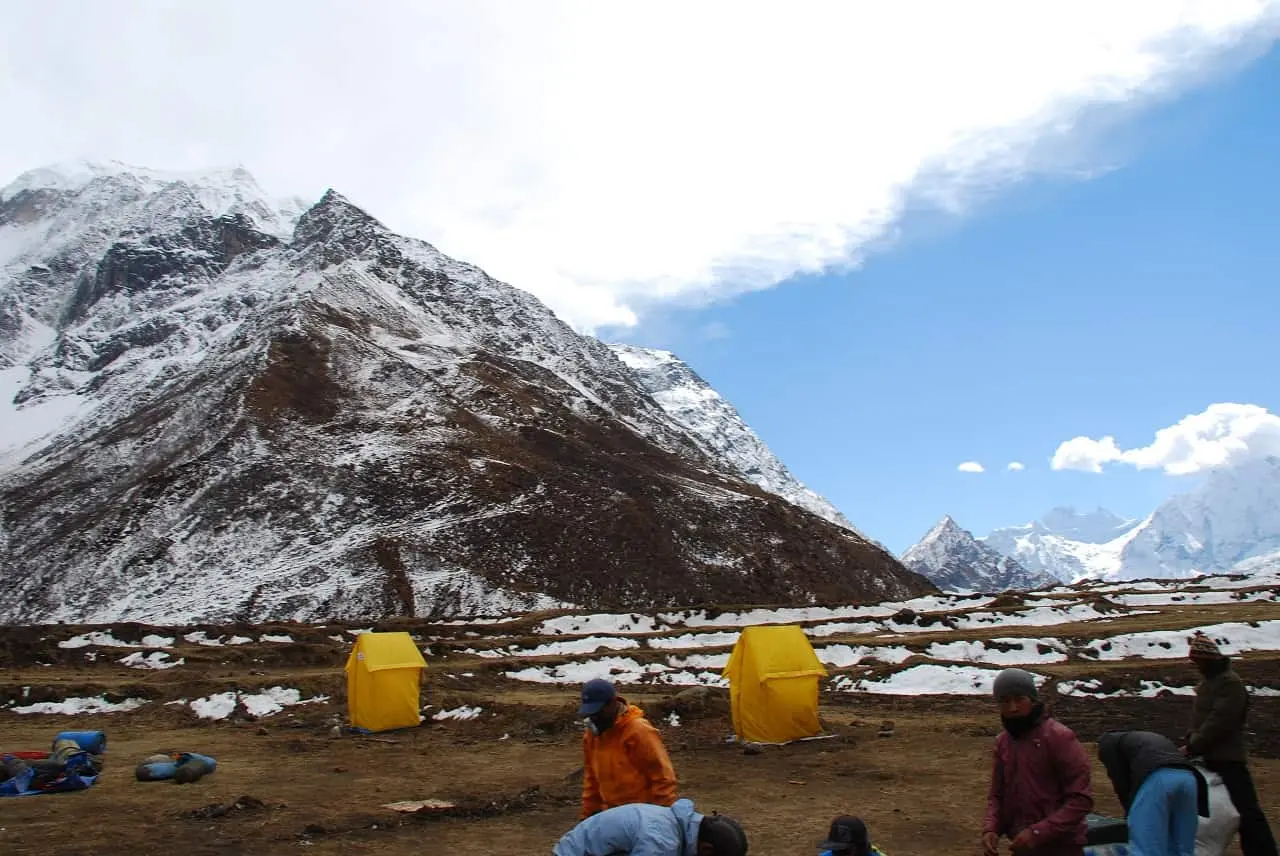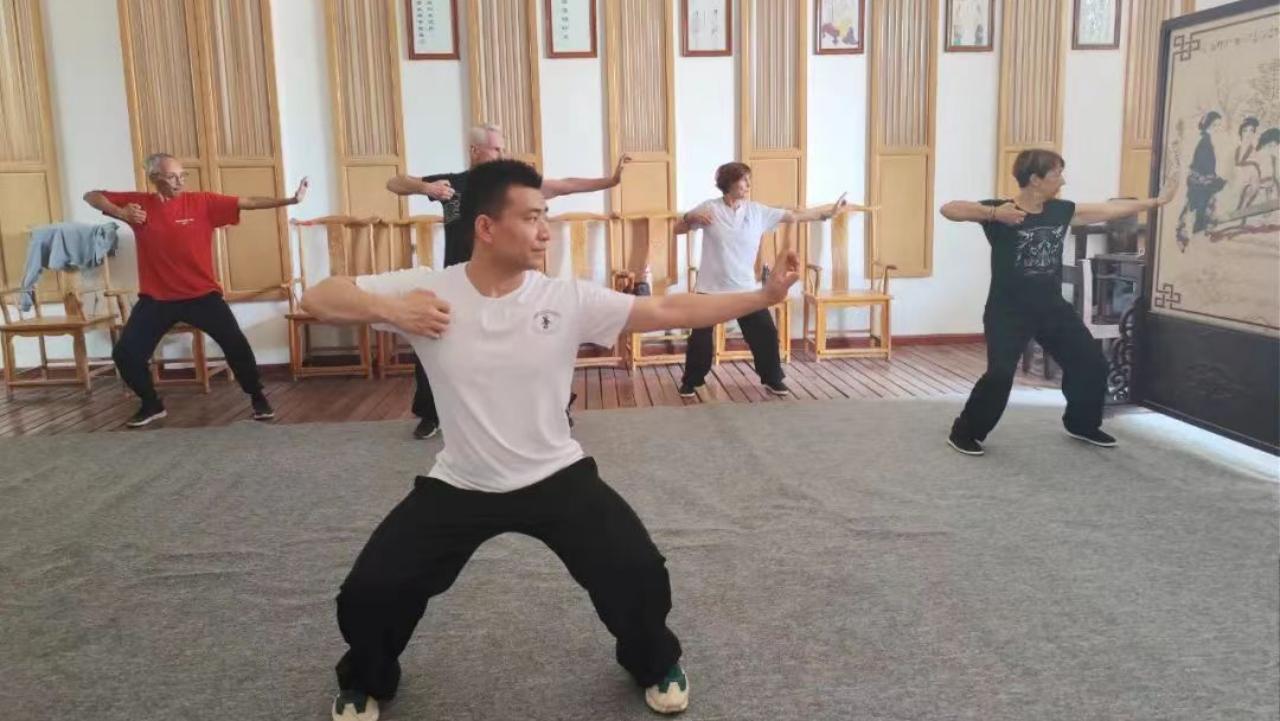The Everest Base Camp Trek is more than just a bucket-list adventure; it’s a life-changing experience that takes you into the heart of the mighty Himalayas. At Sole Encounters Trekking, we believe this iconic journey offers more than scenic beauty—it’s about pushing your limits, discovering ancient cultures, and forging unforgettable memories with every step.
If you’re dreaming of standing in the shadow of Mount Everest, walking ancient mountain trails, and immersing yourself in Sherpa culture, then this guide to the Everest Base Camp Trek will show you why this adventure is like no other.
Why Choose the Everest Base Camp Trek?
A Journey to the Foot of the World’s Highest Peak
The Everest Base Camp Trek takes you to an altitude of 5,364 meters, directly below the towering 8,848-meter Mount Everest. Unlike summiting Everest, this trek is accessible to anyone with good fitness and determination, making it one of the most popular high-altitude treks in the world.
Cultural Immersion
Along the trail, you’ll pass through traditional Sherpa villages like Namche Bazaar and Tengboche. The warm hospitality of the locals, along with visits to centuries-old monasteries, adds a deep cultural layer to your trek.
Breathtaking Scenery
The Everest Base Camp Trek boasts panoramic views of Himalayan giants like Lhotse, Nuptse, Ama Dablam, and, of course, Everest itself. Glacial rivers, hanging bridges, and alpine forests will keep your camera—and your spirit—constantly engaged.
Trek Itinerary Highlights
Day 1–2: Arrival in Kathmandu & Flight to Lukla
You’ll arrive in Nepal’s capital and then take a thrilling short flight to Lukla, the starting point of the Everest Base Camp Trek. The airstrip clings to a cliff at 2,860 meters and marks the beginning of your Himalayan adventure.
Day 3–4: Trek to Namche Bazaar
The trek to Namche Bazaar winds through forests, suspension bridges, and river valleys. As the economic hub of the Khumbu region, Namche is a vibrant town offering bakeries, gear shops, and the first glimpse of Everest.
Day 5–6: Acclimatization & Tengboche Monastery
Acclimatization is crucial at high altitudes. Spend an extra day in Namche or head to Tengboche, home to the region’s most famous monastery. The panoramic view from Tengboche is one of the trek’s most memorable scenes.
Day 7–9: Dingboche to Lobuche
As you move higher, the landscape becomes more barren but more awe-inspiring. Dingboche and Lobuche are acclimatization points before your final push to Everest Base Camp.
Day 10: Everest Base Camp
Today is the big day. After trekking through the moraine of the Khumbu Glacier, you’ll reach Everest Base Camp. Although you won’t see Everest’s summit from the base camp, the sense of achievement is overwhelming.
Day 11–13: Descent to Lukla
Descending is easier but equally rewarding. It’s a time to reflect on your journey, savor your achievements, and prepare for the return to Kathmandu.
Best Time for the Everest Base Camp Trek
The two main trekking seasons are:
- Spring (March–May): Clear skies, blooming rhododendrons, and warm daytime temperatures.
- Autumn (September–November): Post-monsoon clarity, vibrant festivals, and stable weather.
Avoid winter and monsoon seasons due to snow and heavy rains, which can make trails dangerous and obscure views.
Physical Preparation and Fitness
While the Everest Base Camp Trek doesn’t require technical climbing skills, it demands good cardiovascular fitness. Prepare by:
- Hiking with a loaded backpack
- Doing cardio exercises like running or swimming
- Practicing yoga or stretching for flexibility
- Spending time at higher altitudes, if possible
What to Pack
Essentials include:
- Waterproof hiking boots
- Down jacket and warm layers
- Trekking poles
- Sleeping bag (rated for -10°C)
- Water purification tablets
- Headlamp and extra batteries
Pack light but efficiently. Local porters will assist, but respecting weight limits is important.
Accommodations and Meals
You’ll stay in tea houses—simple lodges offering warm meals, clean bedding, and a cozy communal atmosphere. Food includes traditional Dal Bhat (rice and lentils), momos (dumplings), and international dishes like pasta and pancakes.
At Sole Encounters Trekking, we ensure the tea houses we use are hygienic, comfortable, and locally owned to support the community.
Altitude Sickness – Stay Safe
The biggest risk on the Everest Base Camp Trek is altitude sickness. Symptoms include headaches, nausea, and dizziness. To reduce risk:
- Ascend slowly and allow time to acclimatize
- Stay hydrated
- Avoid alcohol and smoking
- Inform your guide at the first sign of symptoms
Our guides at Sole Encounters Trekking are trained in altitude safety and first aid to ensure your health comes first.
Why Trek with Sole Encounters Trekking?
We’re a locally owned and operated company with deep roots in the Khumbu region. When you choose Sole Encounters Trekking, you get:
- Certified, English-speaking guides
- Small group sizes for personal attention
- Customizable itineraries
- Ethical trekking practices that support local communities
- 24/7 support from arrival to departure
We don’t just guide treks—we create unforgettable trail experiences that you’ll carry with you for a lifetime.
Cost of the Everest Base Camp Trek
Prices range from $1,200 to $2,000 depending on group size, season, and services. Our packages typically include:
- Airport transfers
- All permits and paperwork
- Domestic flights
- Accommodation and meals during the trek
- Experienced guide and porter services
Contact us to get a tailored quote that suits your travel style and budget.
FAQs About Everest Base Camp Trek
1. How difficult is the Everest Base Camp Trek?
Moderately challenging. No climbing skills required, but the high altitude and duration (12–14 days) make it demanding.
2. Do I need a guide or porter?
While it’s possible to trek independently, having a guide and porter enhances safety, comfort, and cultural understanding. It also supports the local economy.
3. What permits are required?
You’ll need a Sagarmatha National Park Permit and Khumbu Pasang Lhamu Rural Municipality Permit. We handle all permit arrangements in our packages.
Conclusion: Your Himalayan Dream Awaits
The Everest Base Camp Trek is not just a trail—it’s a transformative journey through some of the world’s most majestic landscapes. From the adrenaline of flying into Lukla to the serenity of sunrise over Everest, every moment is a story in the making. Click here to return to the homepage and unlock more content.











Leave a Reply